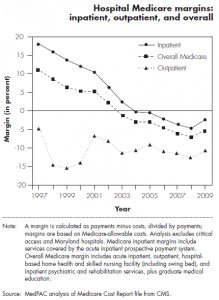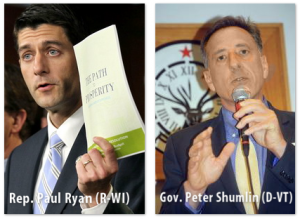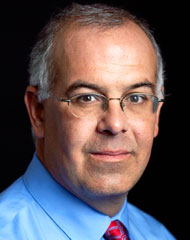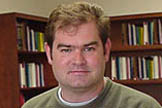From a blog entitled TTAG, The Truth About Genetics, comes a scathing indictment of the American Cancer Society. Truthfully, some of the contents are infuriating, but especially so, because as a co-founder of a research institute, I’ve lived them. First hand. When I saw that the American Cancer Society’s two CEOs make a combined $1.6 million dollars in salary, I wasn’t shocked. Heck, the president of a 120 bed hospital who retired recently made almost that much. ACS is a big organization with lots of moving parts. It takes talented people to run big organizations, and they typically don’t work just for food.
From the TTAG blog:
 Today, ACS’s revenue is $1 billion, and the amount that goes to research is a measly 16%. Research is not the primary goal of ACS, and one of the great things they do is help patients undergoing chemotherapy by buying them plane tickets and paying for their costs. But, even when you consider other program costs like cancer treatment for patients, ACS has the lowest score for charities in terms of efficiency: 1-2 stars out of 4. (24.78%, according to CharityNavigator.org)
Today, ACS’s revenue is $1 billion, and the amount that goes to research is a measly 16%. Research is not the primary goal of ACS, and one of the great things they do is help patients undergoing chemotherapy by buying them plane tickets and paying for their costs. But, even when you consider other program costs like cancer treatment for patients, ACS has the lowest score for charities in terms of efficiency: 1-2 stars out of 4. (24.78%, according to CharityNavigator.org)
See also:
- Cancer Charities Need Dose of Organizational Chemotherapy (CharityWatch.org)
- American Cancer Society: The World’s Wealthiest Nonprofit Institution (PreventCancer.com)
Once again, no surprise. The main issue that I had with the ACS was that their research funding, as meager as it is, goes to the “Good Ole Boys,” the group that is already part of the NIH/NCI club. Okay, you say, they have to have some standards. The Komen people don’t follow that same “Good Ole Boy” path, and thank goodness. They look for good science wherever they can find it.
So, what’s the real reason that I get upset? I sometimes think I’ve written too many posts about this already, but let me say it one more time: Unless and until we realign the system that currently is used to fund basic science in this country, we will never find true cures for cancer. There is very little to no incentive to cooperate, to work together, to encourage scientists to share and to reward them with grants for cooperating. In fact, the entire system actively discourages it. It is a “Diva”-based system, that encourages silos of power around individuals.
Bottom line? We have a healthcare system that does not support wellness and prevention, but instead financially rewards sickness and continuous testing and care for what may have been preventable ailments, and we have a research system that discourages cooperation and collaboration. We have a pharmaceutical industry that is interested in financial blockbusters…just like the movie industry. We have a political system that caused our country’s credit rating to be downgraded and the price of money to escalate, and finally, we have an infastructure that is crumbling.
The good news, however, is that we still are the United States of America, and if we work together T-O-G-E-T-H-E-R this can all be fixed. It’s time for those of us who understand this to be heard.
Health 2.0 Leadership (1 of 2) from Nick Jacobs, FACHE on Vimeo.
Sandpaper sheets, green jello and patients who leave with infections they didn’t have when they were admitted. Hospitals DON’T have to be this way. Nick Jacobs FACHE reveals how, as CEO, he transformed a rural, critical care hospital from near bankruptcy to a consistently profitable, internationally-recognized model of patient-centered care and innovation. By creating a hospital environment that embodies healing in every aspect of its operations, Nick’s hospital also achieved one of the lowest acquired (nosocomial) infection rates in the U.S. for five years running.




 Ironically, as I look out my window and then drive a block from my apartment in Pittsburgh, I see another new “colony” of homeless people living under the bridge, and as I round the corner under Route 279N, there is a virtual apartment building under that road comprised of sheets and blankets hung to create separate partitions for the individual homeless people to live. At the next light leading to the North Side, a 30ish young mom begs on the corner for money for her kids, and two blocks past her is a homeless Veteran asking for money as well.
Ironically, as I look out my window and then drive a block from my apartment in Pittsburgh, I see another new “colony” of homeless people living under the bridge, and as I round the corner under Route 279N, there is a virtual apartment building under that road comprised of sheets and blankets hung to create separate partitions for the individual homeless people to live. At the next light leading to the North Side, a 30ish young mom begs on the corner for money for her kids, and two blocks past her is a homeless Veteran asking for money as well.











